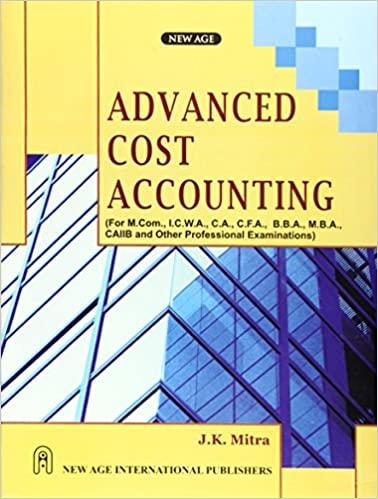10. The check written to establish a petty cash fund is entered in the general journal by: a. debiting retained earnings and crediting petty cash. b. debiting cash and crediting petty cash. c. debiting petty cash and crediting retained earnings. d. debiting petty cash and crediting cash. 11. All of the following are examples of internal control activities, except a. bank reconciliation. b. rotation of key personnel. c. customer satisfaction surveys. d. insistence that employees take earned vacations. 12. The document prepared by a department requesting the company to buy something is called a(n) a. purchase order. b. invoice. c. receiving report. d. purchase requisition. 13. A remittance advice is attached to a(n) a. receiving report. b. check. c. purchase order. d. invoice. 14. As the controller of a large company, you notice that the Cash Short or Over account is consistently debited for fairly large sums of cash when the petty cash fund is replenished. You probably will want to a. increase the amount of the fund. b. decrease the amount of the fund. c. find a new custodian for the fund. d. offer the custodian your congratulations. 15. Use the following information regarding Sanders Company to answer the question below. 1. Established a petty cash fund in the amount of $100. 2. Reimbursed the petty cash fund given the following petty cash fund disbursements: a. Payment for postage, $20. b. Payment for supplies, $70. 3. Petty cash balance on hand at the end of the week amounted to $15. The entry to record the cash short or over in the petty cash fund would include a a. credit to the Cash account for $5. b. credit to the Petty Cash account for $5. c. debit to Cash Short or Over for $5. d. credit to Cash Short or Over for $5. 16. Accounts that close after each completed accounting period are called: a. temporary accounts. b. permanent accounts. c. equity accounts. d. asset accounts. 17. Which of the following accounts does not close at the end of the period? a. Accumulated depreciation b. Depreciation expense c. Withdrawals d. Ticket revenues 18. Which of the following accounts will be closed by crediting Income Summary a. service revenue b. depreciation expense c. accounts payable d. accumulated depreciation








